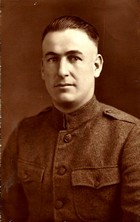Babe Reams
| Date and Place of Birth: | February 6, 1890 Suisin City, CA |
| Date and Place of Death: | October 31, 1918 Spitaals Bosschen, Belgium |
| Baseball Experience: | Minor League |
| Position: | Infielder |
| Rank: | Private |
| Military Unit: | Machine Gun Company, 363rd Infantry Regiment, 91st Division AEF |
| Area Served: | France |
Mannie E. “Babe” Reams, the son of Mannie and Mary
Reams, was born in February 6, 1890 in Suisun City, California. His
father was a well-known racehorse trainer and young Mannie attended
Mount Tamalpais Military Academy in San Rafael, California, where he
captained the football team.
In 1909, Reams played third base for the semi-pro
Visalia Pirates. “Babe Reams at the third cushion is all to the good,”
declared the Visalia Times-Delta on July 6, 1909. “His work is of the
highest class at that bag and he bats like a house afire. Babe is just a
big bit better than the rest of the third sackers in these parts.”
In September 1909, Reams entered Santa Clara
College, where he participated in baseball, captained the football team
and ran track. “He is a fast man over the high hurdles,” said the San
Francisco Chronicle. “Holds the college record in the broad jump, and
rugby experts speak of him as the best place kicker on the Pacific
Coast.”
In February 1910, Reams left the college to sign
with the Boston Red Sox and was assigned to the Sacramento Senators of
the Pacific Coast League. Unfortunately, he was unwell during the early
part of the year and this hindered his performance on the diamond. After
batting .130 in 11 games he was released on May 22. Two weeks later he
was in hospital in Los Angeles.
In December 1910, Reams signed with the Vernon
Tigers of the Pacific Coast League for the 1911 season. During the
winter months of 1910/1911, he played for Oxnard and learned to hit
left-handed. Great things were expected of the youngster with the
Tigers, but on April 15 he was handed his release. Reams picked up with
the Newark Tigers of the Class A Eastern League on the other side of the
country in mid-May, where he played shortstop in 49 games and batted
.171.
Reams played winter ball in Oxnard in late 1911 and
signed again with the Vernon Tigers of the Pacific Coast League in
January 1912. However, on April 2, with the Tigers having an abundance
of infielders, he was purchased by the Coast League Los Angeles Angels.
The 22-year-old got off to a good start but after a hitting slump and
the purchase by the Angels of future big-leaguer Joe Berger, he was
released on April 19. Shortly afterwards, Reams was picked up by the
Aberdeen Black Cats of the Class D Washington State League. After
playing most of the summer in Aberdeen, the infielder was on the move
again, this time to the Boise Irrigators of the Class D Western
Tri-State League, where he finished the season.
After playing winter ball again in Oxnard, Reams
was back with Boise for 1913, where he played 116 games and batted a
respectable .285. In March 1914, Reams was sold to the Portland Colts of
the Class B Northwestern League, but after playing 10 games and batting
just .120 he was released in early May. He was picked up by the Calgary
Bronchos of the Class D Western Canada League, where, playing third base
and shortstop, he hit .266 in 113 games.
Tough luck caught up with Reams in 1915. The
Western Canada League folded before the season started and the
25-year-old was without a team. He unsuccessfully tried to hook up with
the Portland club and signed, instead, with the semi-pro Petaluma
Leghorns only to be released in mid-June.
Baseball took a backseat in 1916 as Reams married
Dorothy Brush of Santa Rosa. He and Dorothy operated a farm in Sonoma
County’s Bennett Valley, but as late as spring 1917, Reams was still
trying to make his mark in professional baseball and had an unsuccessful
tryout with the Pacific Coast League’s Oakland club.
On April 6, 1917, the United States joined its
allies - Britain, France, and Russia - to fight in World War I against
Germany. Twenty-seven-year-old Reams registered for the draft in June
1917. He was assigned to the 363rd Infantry Regiment of the
91st Division at Camp Lewis, Washington, and starred on the
infantry ball team during the early summer of 1918. In late June of that
year, the 91st Division embarked on a six-day journey across
the country to Camp Merritt, New Jersey. In July they departed for
Europe.
The Division proceeded to France in July and into
combat against German forces. There, Private Reams fought with a machine
gun company in the Meuse-Argonne Offensive, where he was slightly
wounded in the arm. For three days, he was reported as “Missing in
Action” but was later found hiding in a former German dugout in “No
Man’s Land” with several other wounded soldiers. No Man’s Land was the
unoccupied, contested area between opposing frontline trenches occupied
by the Allied forces, and the Germans. After being rescued, Reams
rejoined his unit which was moved to Ypres, Belgium.
Confiding in a fellow soldier, he said, “I know the
next time I go up that I’m going to be killed.” The following day, on
October 31, 1918, Private Reams was part of an assault on German
positions at Spitaals Bosschen in the Ypres-Lys campaign. He was killed
in action. Eleven days later the war ended.
Babe Reams’ body was originally laid to rest in
Belgium, but in April 1922 he was relocated to Arlington National
Cemetery in Virginia.
American Legion Post 182 in Suisan City is named
after him.
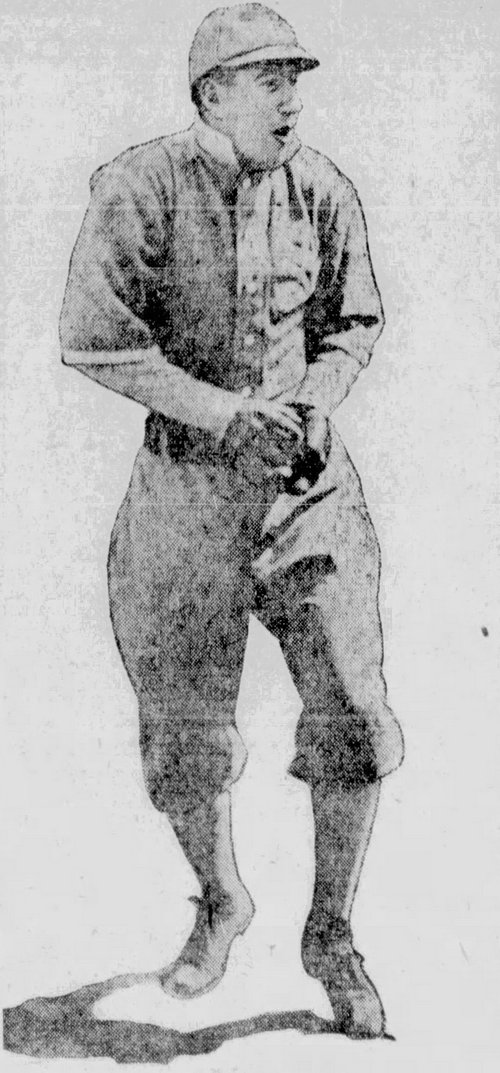
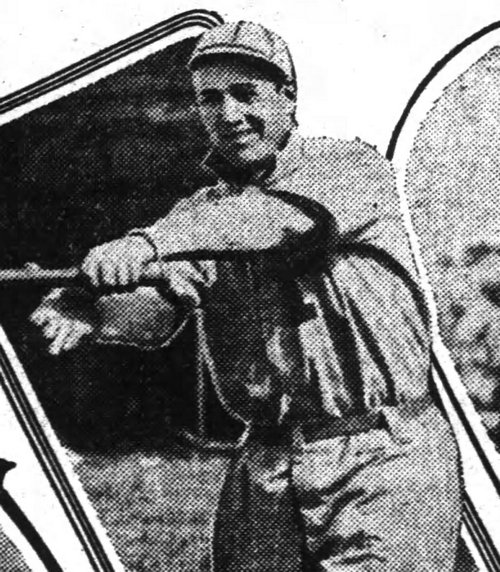



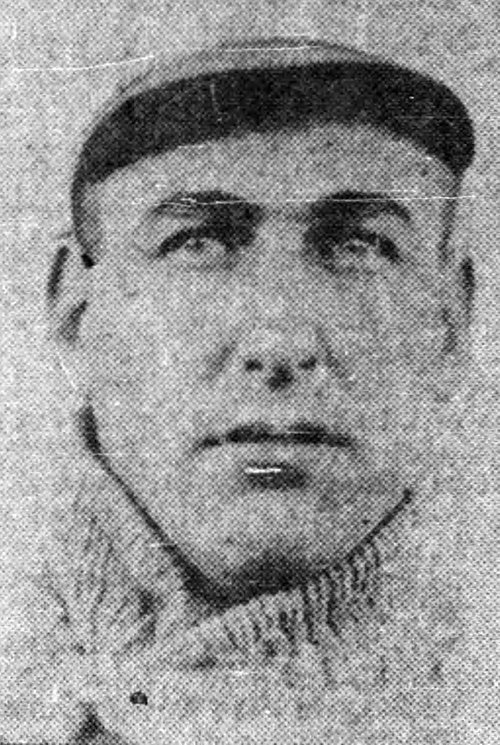
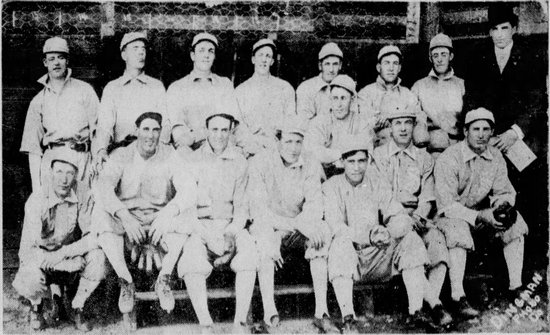
Babe Reams with the 1910 Sacramento Solons. Reams is back row, third
from right
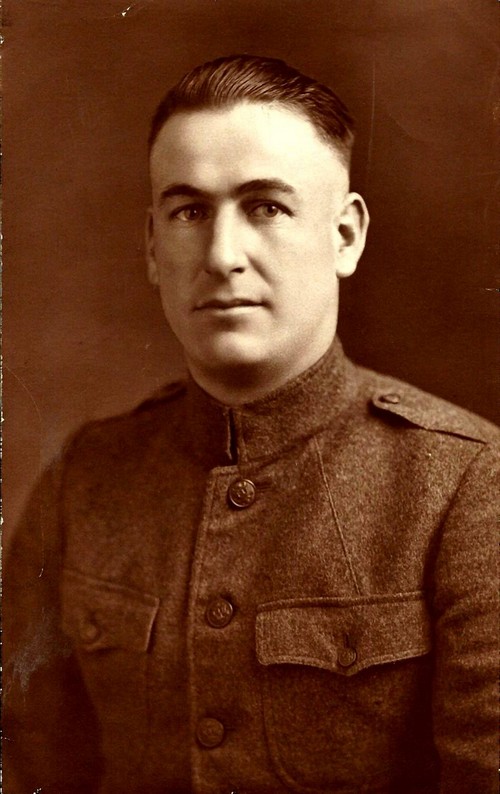
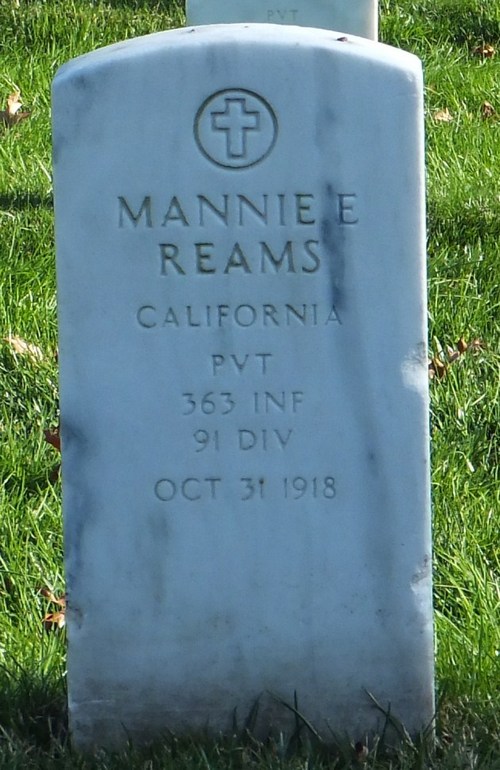
Date Added May 10, 2020
Baseball's Greatest Sacrifice is associated with Baseball Almanac
Baseball's Greatest Sacrifice is proud to be sponsored by


